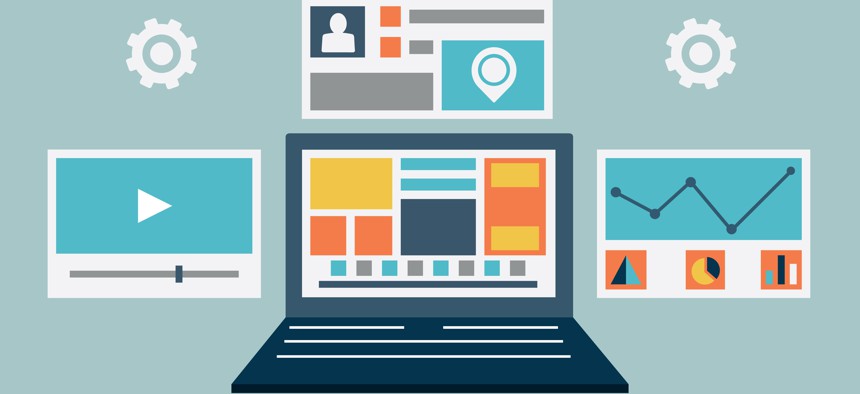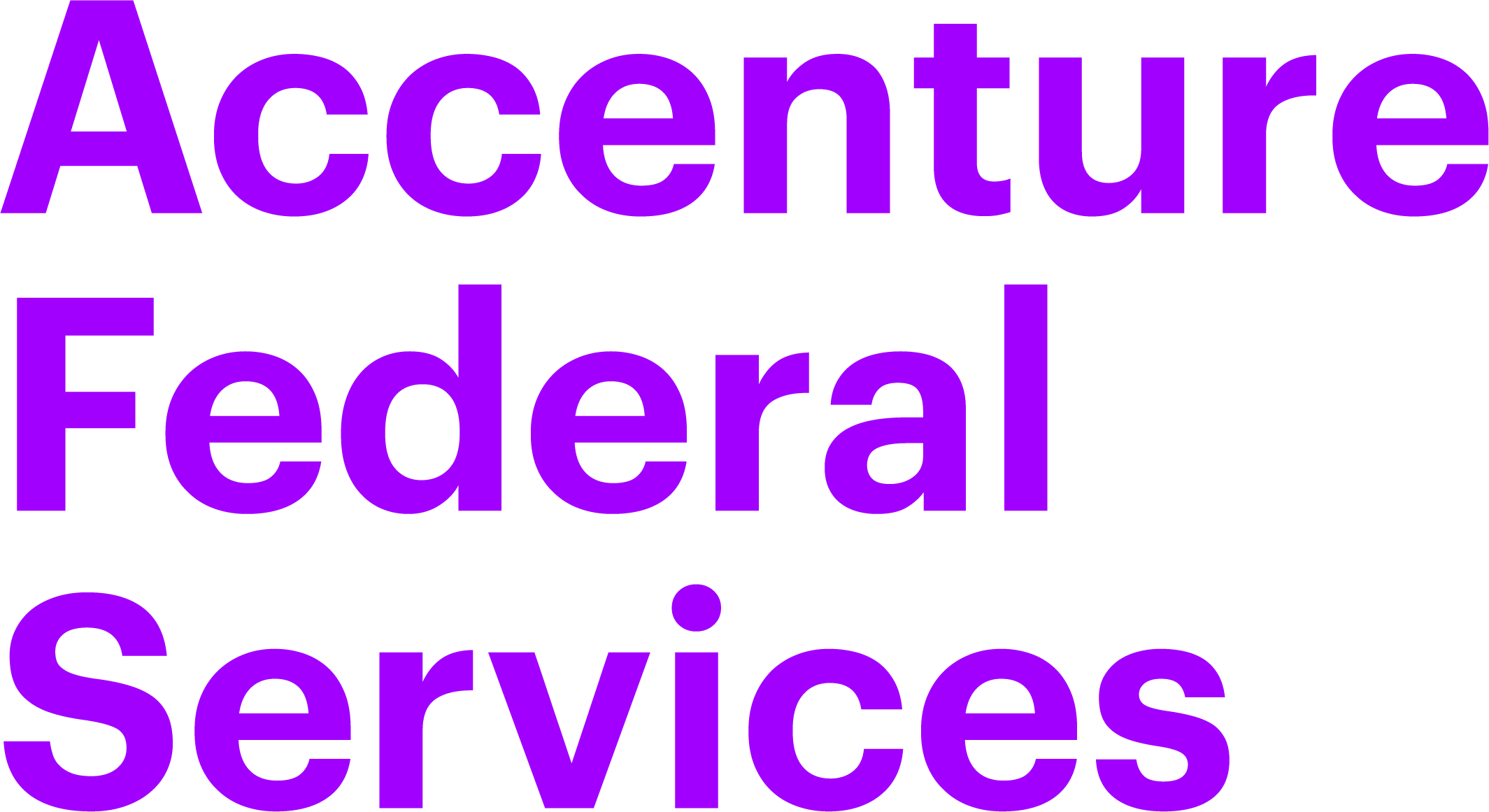sponsor content What's this?
5 Ways Government is Joining the ‘We’ Economy of the Future

Presented by
Accenture Federal Services

A new report outlines digital trends that are stretching the bounds of government
Government is more social, mobile, and data-driven than ever before, and federal leaders are at the center of delivering public services to citizens who expect more when it comes to digital. The ‘we’ economy — a dynamic and collaborative new way to do business with customers and their devices — has pushed government beyond traditional boundaries. Noting these trends, a new report from Accenture, identifies five key ways that agencies are bringing greater digital change.
Trend #1: Putting Citizens at the Center of Digital Experiences
Agencies want deeper digital engagement. They’re building the “Internet of Me” — personalized spaces that meet individual needs. Applications, like the Internal Revenue Service’s (IRS) ‘Where’s My Refund?’ app, are an example of an “Internet of Me” service. In 2014, the application processed more than 224 million federal and state tax returns, providing citizens with up-to-date information on their tax filings and refund payments. The U.S. Department of Education also takes a personalized approach with its website: StudentLoans.gov. The site is a portal for loan services and features a messaging platform tailored to a borrower’s financial situation. On the back-end, site administrators use sophisticated web analytics to identify content that is useful to specific audiences.
Trend #2: Driving Results in the Outcome Economy
Quantifiable results matter for agencies. It’s why agencies like the U.S. Department of Homeland Security (DHS) are using technology to improve outcomes. DHS enhances border protection by implementing security management tools, like biometrics, to identify some 5,000 visitors attempting to enter illegally into the United States each day. In the outcome-driven economy, government creates new value with technology by thinking about the results first.
Trend #3: Building Platforms to Handle Change
Building a flexible platform at the base of technology also helps the public sector to handle disruptive change. Greater data visibility, powered by predictive analytics, helps the U.S. Defense Logistics Agency (DLA) to identify both supply chain efficiencies and high-risk procurements. With this data knowledge, the agency has seen more than $500 million in cost savings and avoidance. It’s a reliable platform that serves as a foundation for future needs.
Trend #4: Making Machines Smarter
Automation through software intelligence, powered by big data, provides both an operational benefit and innovative gain. At the U.S. Census Bureau, software intelligence assists the more than 46 million people a year who visit Census.gov for news and information. The agency’s “smart search” Census API provides automated results to millions of queries by site visitors. By answering questions with human-like precision, the Census Bureau saves both time and money.
Trend #5: Collaborating Between Humans and Machines
Finally, smarter machines, wearable devices, and sensor data are all helping to fuel growth in new possibilities for government. At NASA, teams of astronauts and robots work side-by-side on dangerous missions, including work to restore dilapidated satellites in outer space. Machines also help humans in environments driven by a growing influx of data. For instance, NASA uses remote weather sensors to collect climate change data. The real-time information helps them to build models and predict future weather patterns.
From these five trends, it’s clear that technology and the interaction of the ‘we’ economy are pushing the boundaries of digital. Go inside government and see how these emerging trends give new shape to digital service.
This content is made possible by our sponsor. The editorial staff of Nextgov was not involved in its preparation.
NEXT STORY: Defending U.S. Critical Infrastructure


